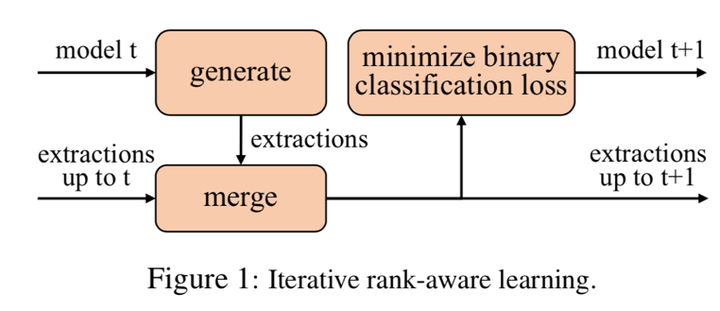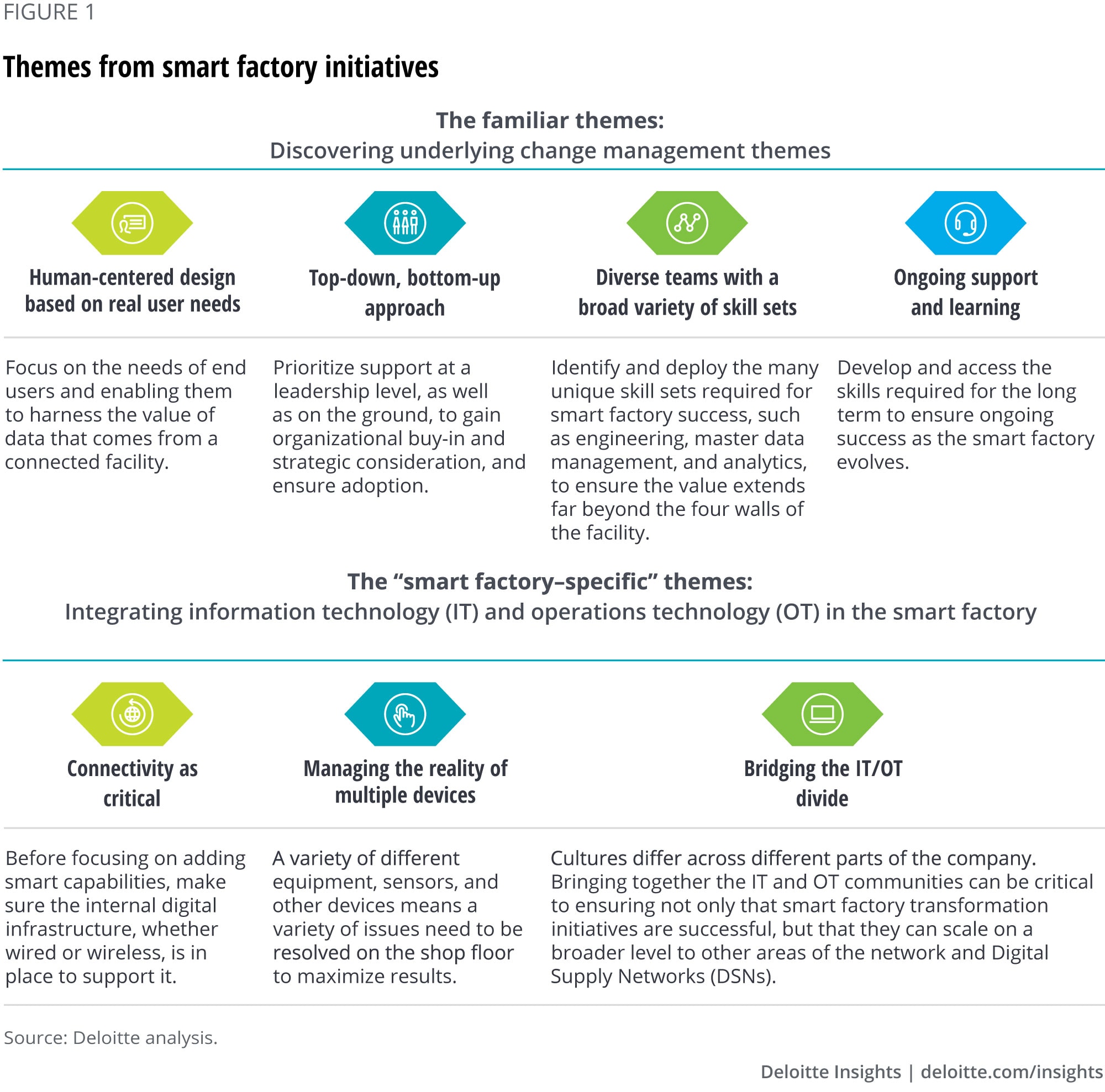Ultimate Guide: How to Find the APR on a Loan for Smart Borrowing Decisions
Guide or Summary:Understanding APRWhy APR MattersSteps to Find the APR on a LoanFactors That Affect APR#### How to Find the APR on a LoanFinding the Annual……
Guide or Summary:
#### How to Find the APR on a Loan
Finding the Annual Percentage Rate (APR) on a loan is a crucial step for anyone considering borrowing money. Understanding APR can save you a significant amount of money over the life of your loan. In this guide, we will explore the steps involved in how to find the APR on a loan, the importance of APR, and how it affects your overall borrowing costs.
Understanding APR
APR is a comprehensive measure of the cost of borrowing, expressed as a yearly interest rate. It includes not only the interest on the loan but also any additional fees or costs associated with the loan, such as origination fees, closing costs, and insurance. This makes APR a more accurate reflection of the total cost of a loan compared to the nominal interest rate alone.
Why APR Matters
Understanding how to find the APR on a loan is essential for several reasons:
1. **Comparison Shopping**: Different lenders may offer loans with varying interest rates and fees. Knowing the APR allows you to compare these loans on a level playing field.

2. **Budgeting**: By knowing the APR, you can better estimate your monthly payments and total interest paid over the life of the loan, helping you budget accordingly.
3. **Informed Decisions**: A lower APR can save you money in the long run, making it crucial to seek out the best rates available.
Steps to Find the APR on a Loan
1. **Check the Loan Agreement**: When you receive a loan offer, the APR is usually listed in the loan agreement or disclosure statement. Look for a section that outlines the APR and any associated fees.
2. **Use Online Calculators**: Many financial websites offer APR calculators. You can input the loan amount, interest rate, and any fees to calculate the APR. This is a quick and easy way to find the APR without diving into complex calculations.
3. **Ask Your Lender**: If you’re unsure about the APR or how it’s calculated, don’t hesitate to ask your lender for clarification. They should be able to provide you with a breakdown of the loan’s costs and how the APR is determined.

4. **Compare Offers**: Once you have the APR for multiple loans, compare them to see which one offers the best value. Remember to consider the total cost of the loan, not just the APR.
Factors That Affect APR
Several factors can influence the APR you receive on a loan:
1. **Credit Score**: Lenders often use your credit score to determine your risk level. A higher credit score generally qualifies you for a lower APR.
2. **Loan Amount and Term**: Larger loans or longer terms may come with higher APRs due to increased risk for the lender.
3. **Market Conditions**: Economic factors, such as inflation and the Federal Reserve's interest rates, can impact the APR lenders offer.

4. **Type of Loan**: Different types of loans (e.g., personal loans, mortgages, auto loans) may have varying APRs based on the risk associated with each type.
In conclusion, knowing how to find the APR on a loan is essential for making informed borrowing decisions. By understanding APR, you can effectively compare loan offers, budget for your payments, and ultimately save money. Always take the time to research and calculate the APR before committing to a loan, as it can significantly impact your financial future. Whether you’re considering a personal loan, mortgage, or auto loan, being informed about APR will empower you to make the best financial choices.